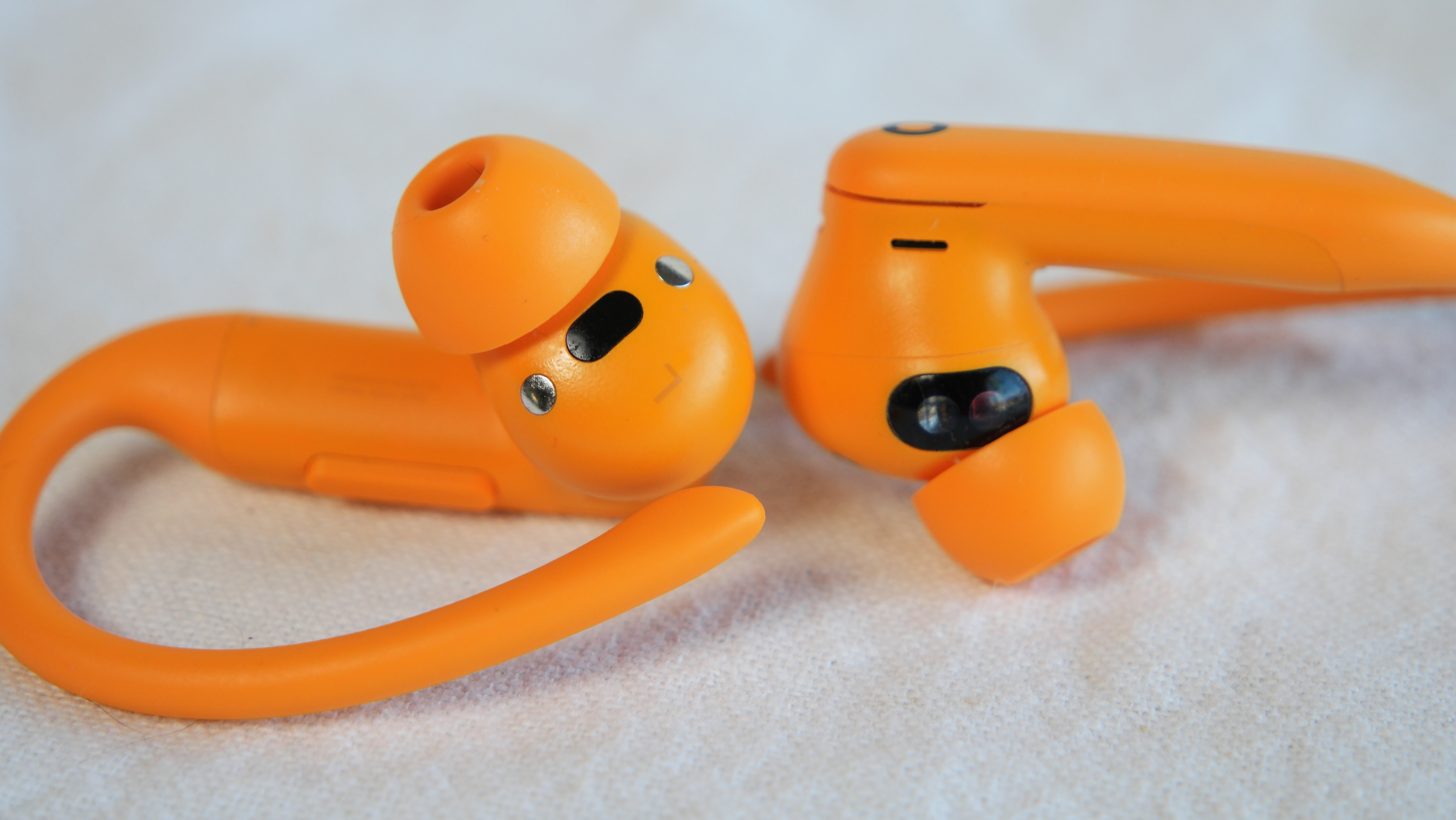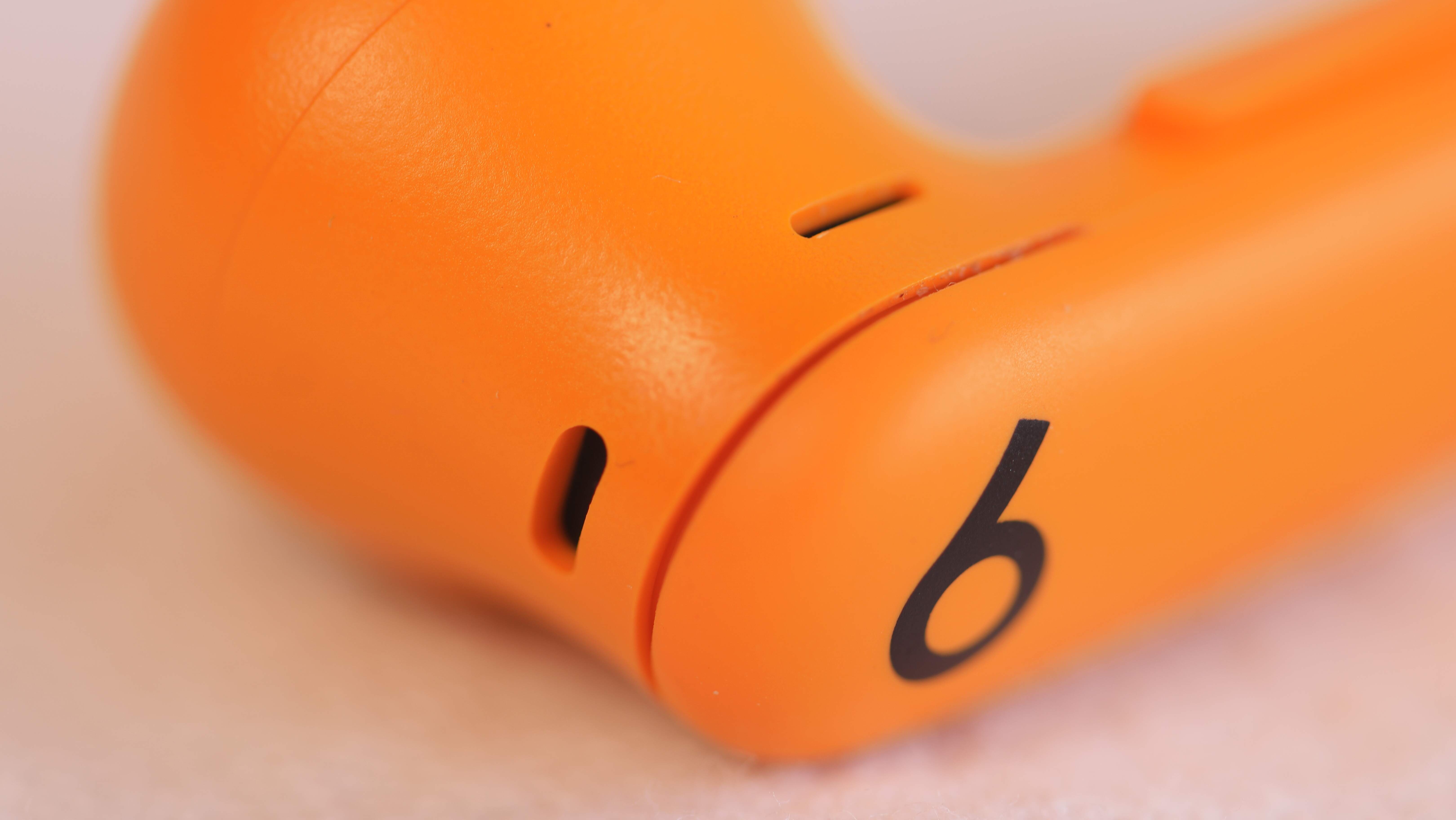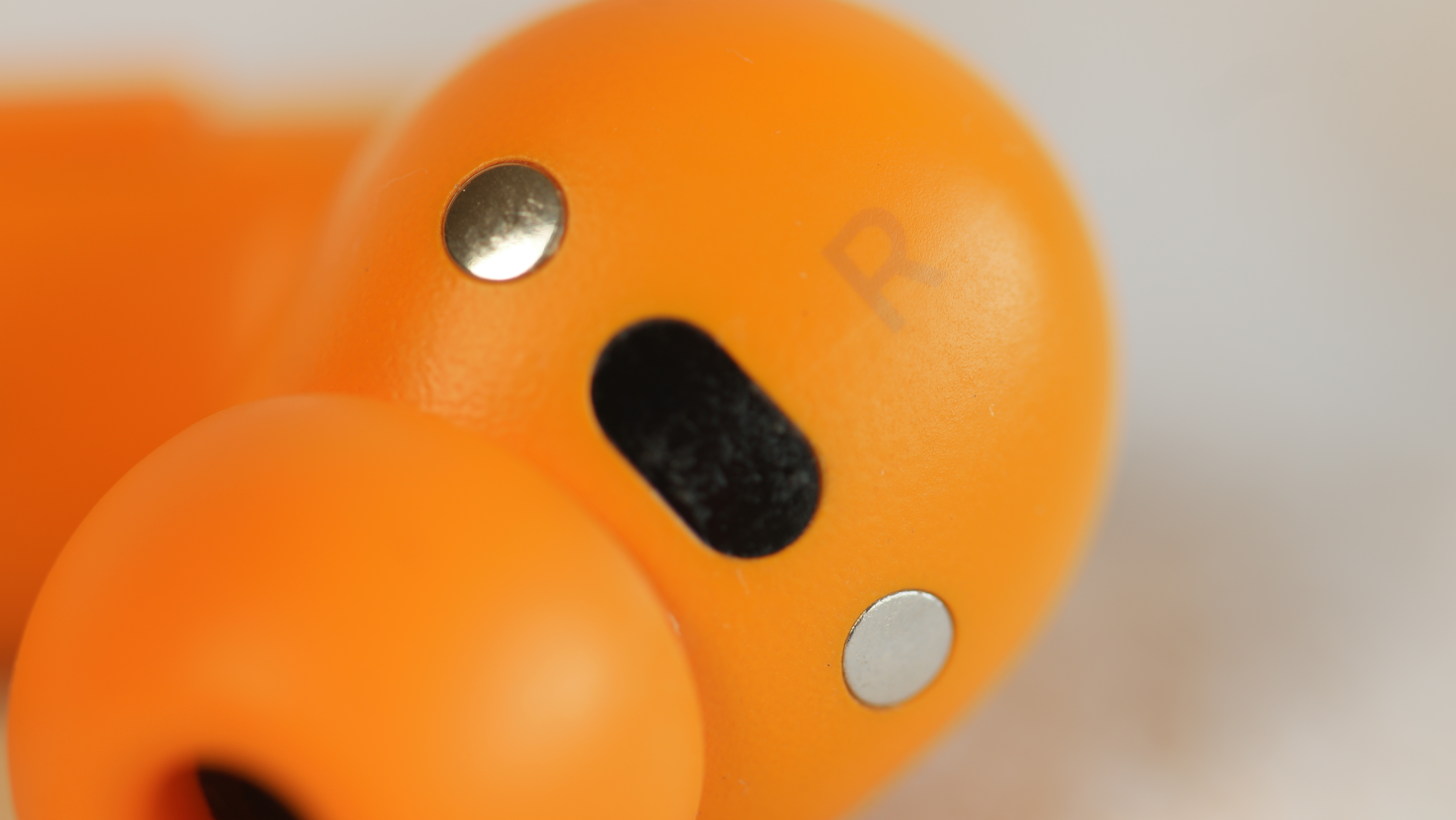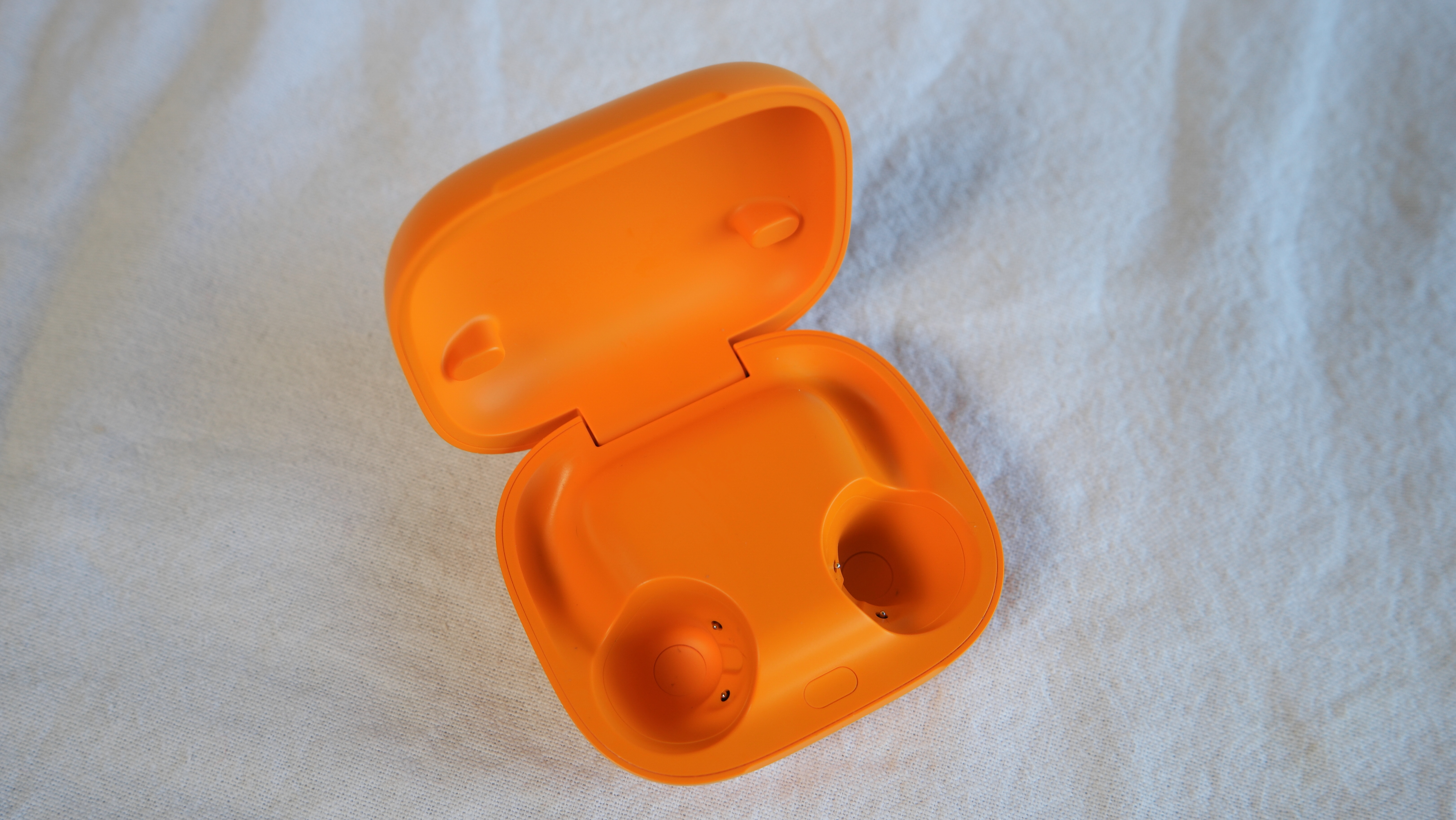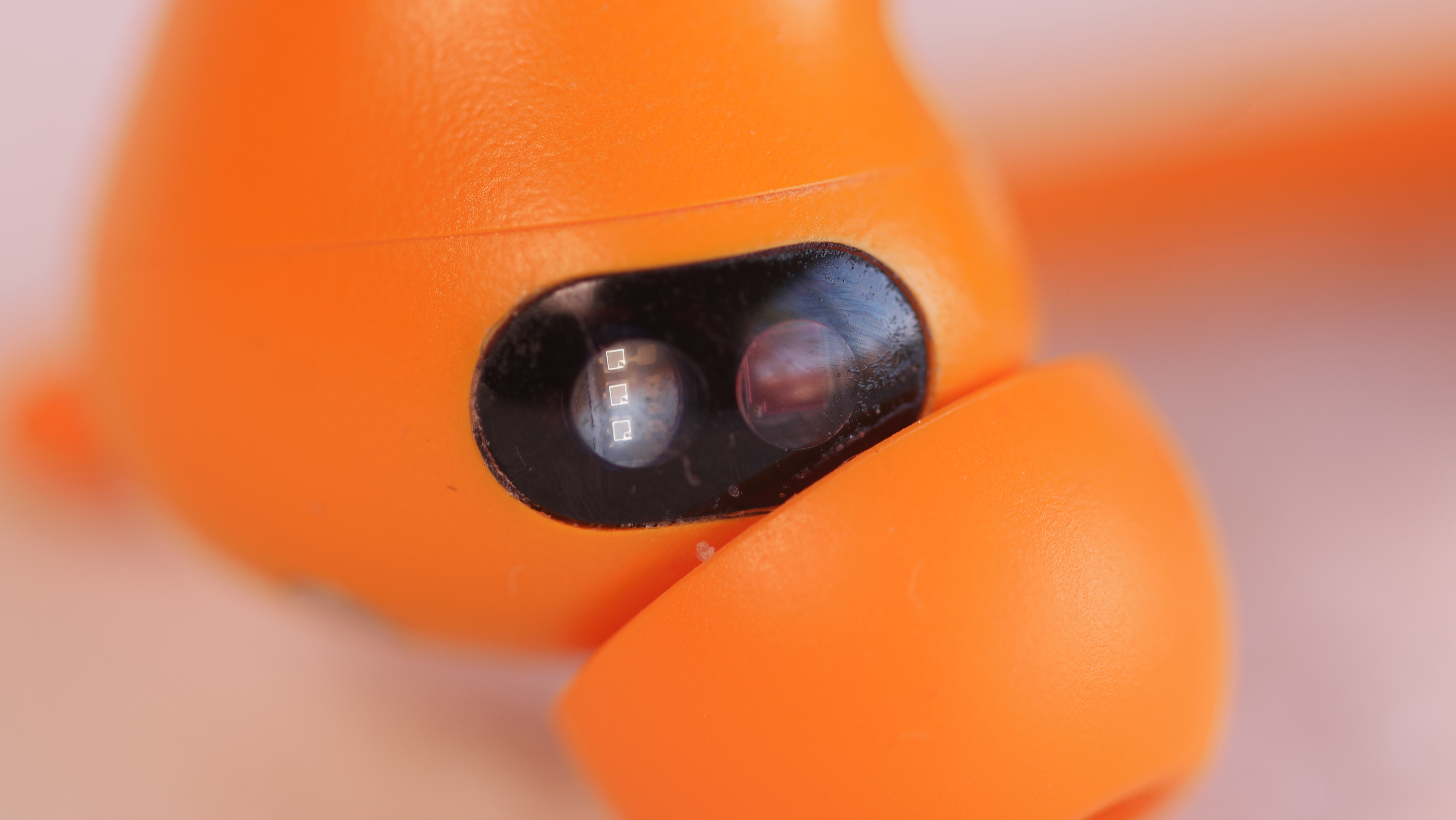“Fitness” can mean different things for different people. In America, the influence of automakers has given us too many unwalkable cities. Many European cities are walkable and have robust public transportation. Being able to have the right tool for the right need can make all the difference in the world, and that’s where Beats Powerbeats Pro 2 come into play.
It’s been almost six years since the launch of the original Powerbeats Pro. Those became Beats highest-selling in-ear headphones ever, and with good reason. The locked-in fit and the sound quality worked for a lot of people! In 2025, they’ve taken things to a new level by adding a few new features, including heart rate monitors—all for the same price as 2019’s Powerbeats Pro.
Previous attempts at including heart rate monitoring in earbuds haven’t been all that great, so let’s dive in and see what Beats is bringing to the table this time around!!
Beats Powerbeats Pro 2: Price and availability
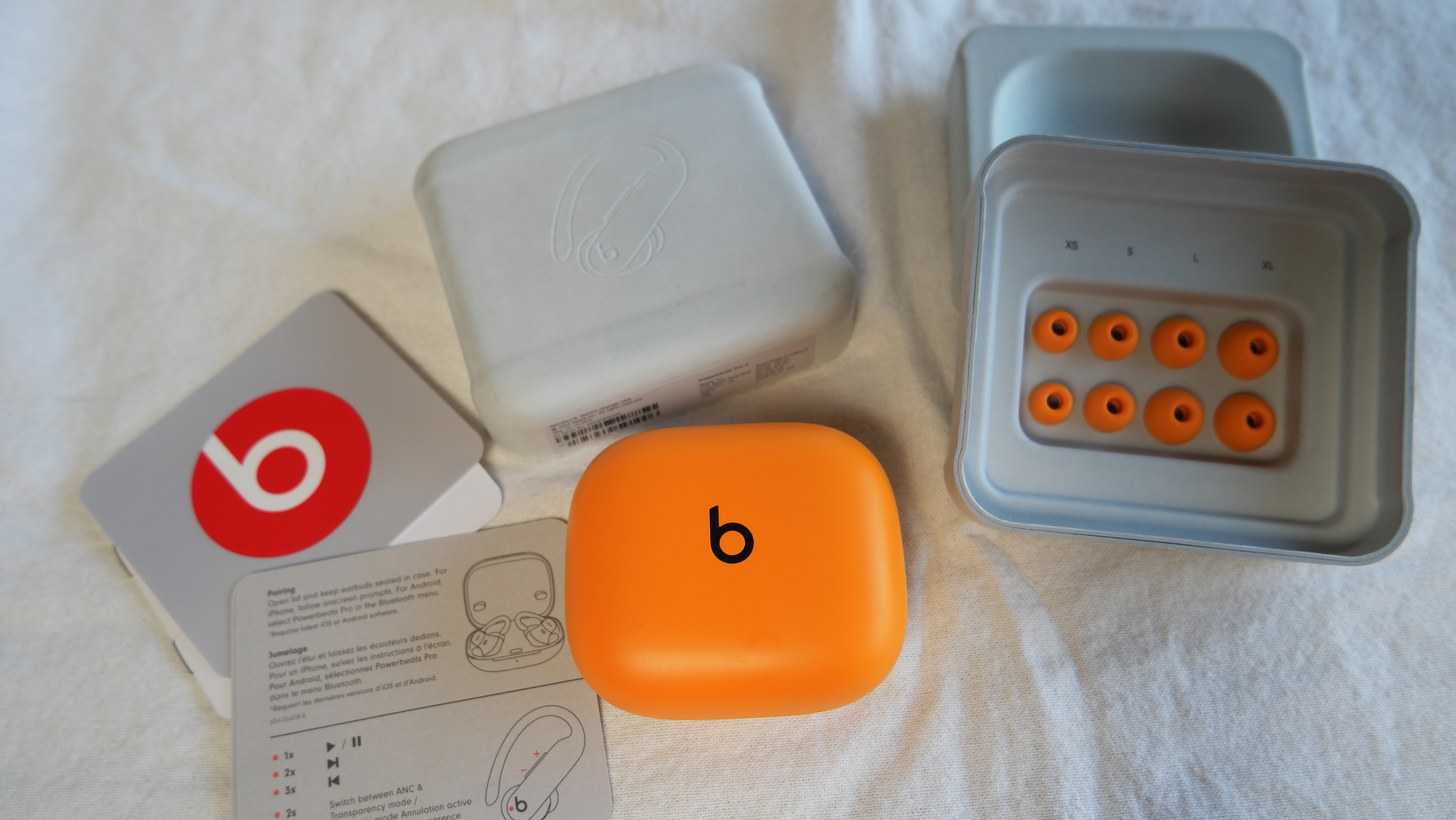
Arriving at the same price as the 2019 Powerbeats Pro, the Powerbeats Pro 2 launched online on February 11 from Apple.com, with in-store availability on February 13th for $249.99.
You can pick up a pair in one of four colors: Jet Black, Quick Sand, Hyper Purple, and Electric Orange. Beats has been pushing out new colorways in other products as collabs with celebrities, so I’d expect to see these in some other color options in the future.
| Category | Beats Powerbeats Pro 2 |
|---|---|
| Connectivity | Bluetooth 5.3 |
| Codec Support | SBC, AAC |
| Noise Control | ANC, Transparency, Adaptive EQ |
| Battery life | Up to 45 hours of listening time with Adaptive EQ – 10 hours of earbud usage with 35 additional hours from the case Up to 36 hours of listening time with ANC/Transparency On 8 hours of earbud usage with 28 additional hours from the case Fast Fuel: 5-minute charge = up to 1.5 hour of playback (Adaptive EQ On) Total system buds and case charge from 0%–100% in 2 hours |
| Charging | USB-C, Qi wirelessFast Fuel: 5-minute charge = up to 1.5 hour of playback (Adaptive EQ On) Total system buds and case charge from 0%–100% in 2 hours |
| Microphone | 6 microphones total Dedicated voice microphone on each earbud Feed-forward and feedback microphones on each earbud (utilized for both ANC/ Transparency, Adaptive EQ, and voice uplink) |
| Durability | IPX4 |
| Sensors | Optical sensors (in-ear detect) – Optical sensors (heart rate monitoring) – Accelerometer – Gyroscope |
| Weight | 17.4 g (8.7 g per earbud); Case 69g |
Beats Powerbeats Pro 2: What I like
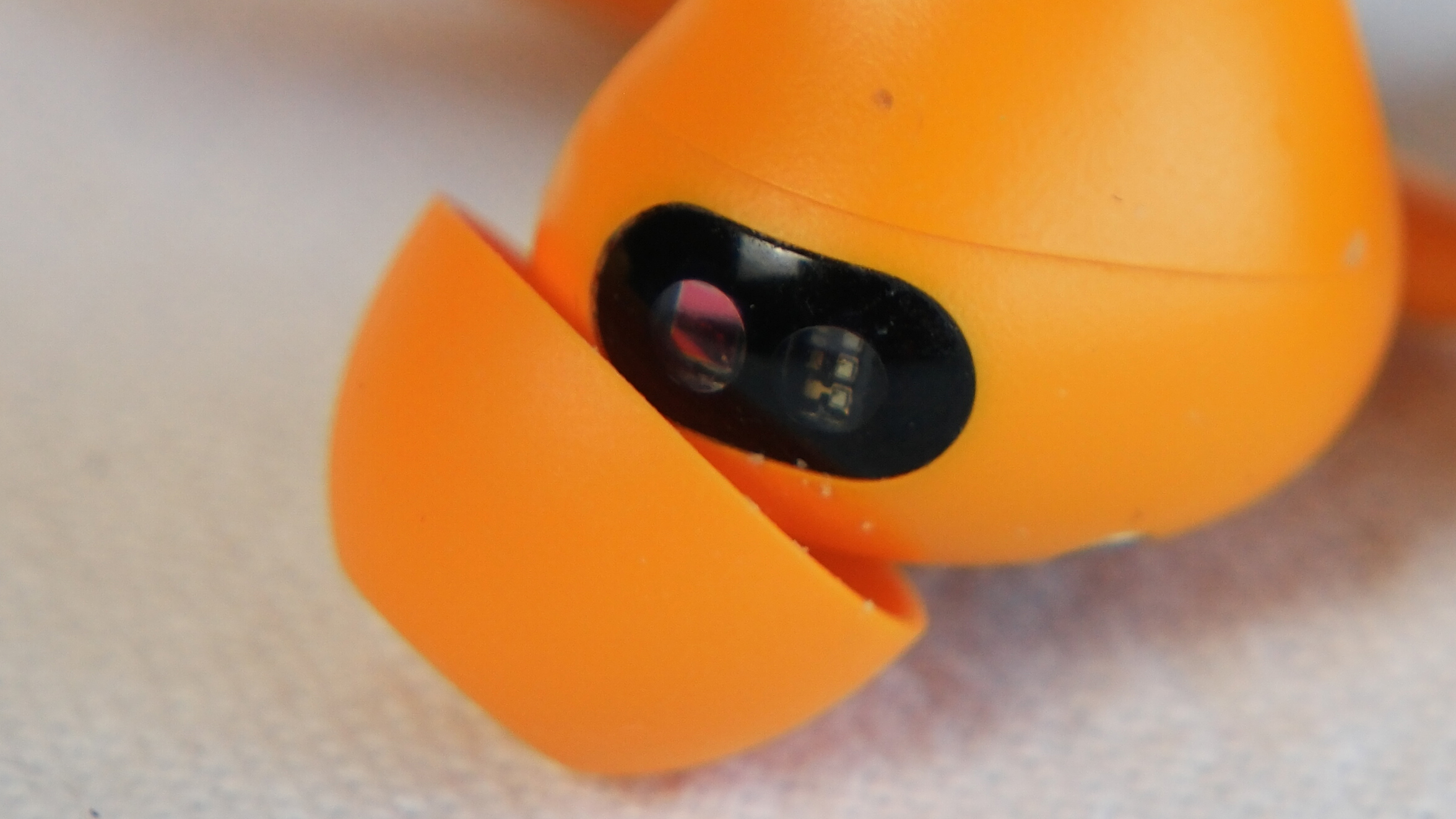
Let’s begin with the feature that is likely going to stand out most for many interested consumers, and that’s Apple and Beats’ first-ever earbuds equipped with heart rate monitors. Yes, plural. Each earbud has an LED sensor that pulses over 100 times per second, a photodiode, an optical lens, and an accelerometer. That’s the HRM apparatus. The folks at Beats developed an algorithm that takes data from the readings in each earbud to create accurate heart rate measurements. And, sweet Christmas, are those readings accurate!
To connect the earbuds with your phone or compatible smartwatch, you’ll double-tap and hold either earbud until you hear a chime that lets you know they’re now discoverable as HRMs. I tested this with a Google Pixel 9 and the Polar Flow, Strava, and Nike Run Club apps. I also connected to an Amazfit T-Rex 3. Google’s Pixel Watch 3, and Samsung’s Galaxy Watch 7 (and Watch Ultra, for that matter) don’t support connecting to third-party HRMs like chest straps. Despite that, I got the earbuds to connect to the Samsung Health app as an HRM. I’m still working on getting the app to recognize them for their guided workout videos.
Having used the earbuds for about a week, I’ve found the monitoring excellent! To validate the monitoring quality, during workouts with the earbuds, I also wore a Polar H10 chest strap known for being highly accurate since it receives electrical signals directly from your heart.
One of the downsides to many optical sensors is their inability to keep up during high-intensity interval training. Your heartbeat changes rapidly, and many monitors will lag behind in their real-time readings by as much as 3-5 minutes, though it’s usually 30 seconds or so. In each scenario I put the earbuds through, they matched my Polar H10 beat-for-beat, only occasionally being behind by fractions of a second in their real-time readings.
In one of my 30-minute stair climber machine workouts, the Polar H10 measured an average heart rate of 136 BPM, with a max of 151 BPM. The Pro 2’s measurements agreed with the max but had an average of 137 BPM. The sauce was my HR data, though. Each graph that showed the changes in my heart rate was almost identical regarding the peaks and valleys.
During an hour-long interval workout the next day, the data was again reliably in agreement between the earbuds and my chest strap. There was a slight deviation due to how I input each workout type and their duration, but it was within an acceptable range, and the heart rate graphs were in agreement as my beats per minute peaked and dipped based on my activity levels. Even with me handling each workout differently on the apps I was using that day, there was just a 2BPM difference in the average and a 1BPM difference in my maximum heart rate.
I’m currently working my way back up to longer runs in the 45-minute to one-hour duration, so we’ll see how the monitoring data holds up under those conditions, but during my hour-long, high-RPE weight training, the Powerbeats Pro 2’s held their own against my Polar H10 chest strap.
Design and Sound
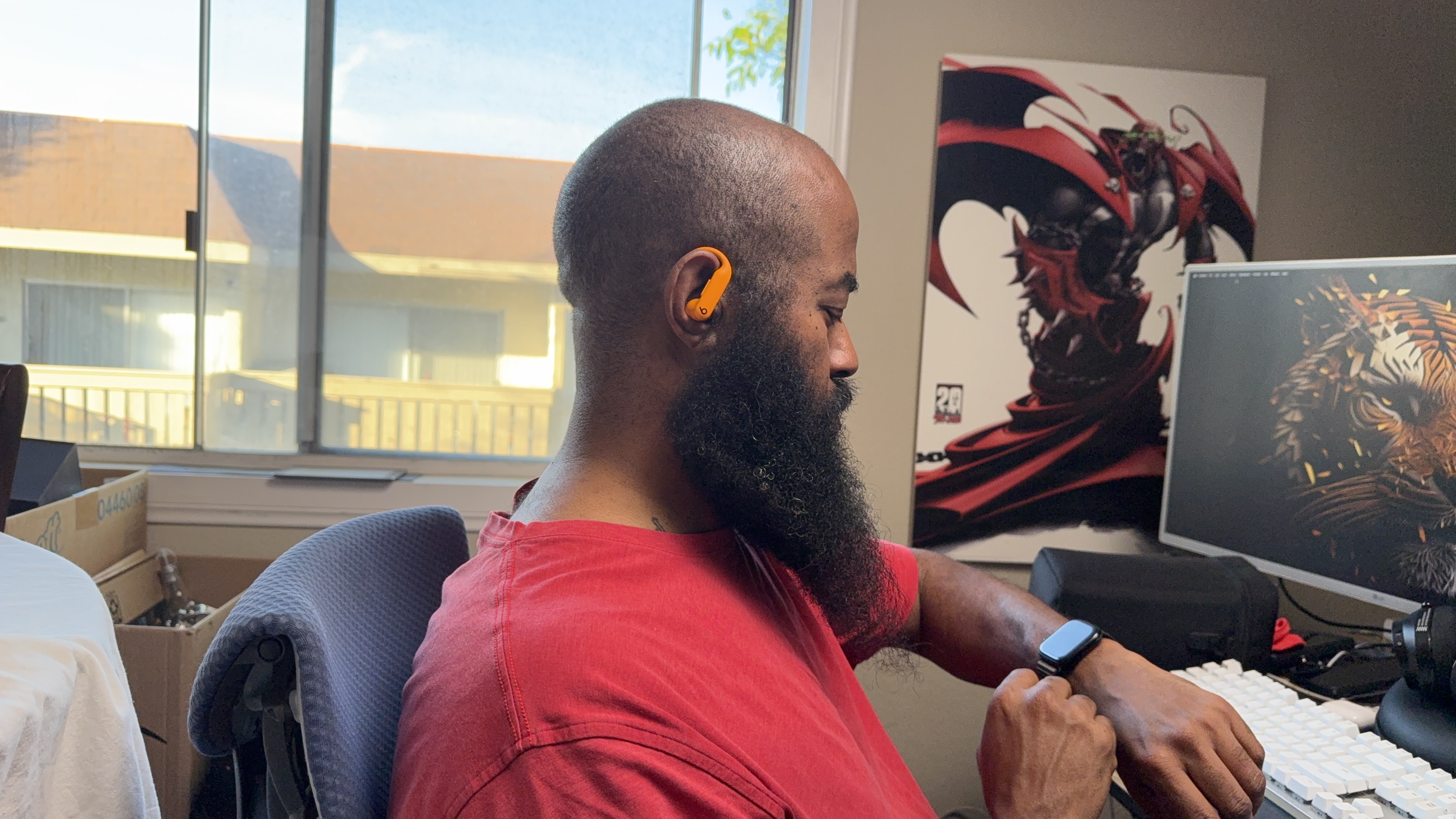
With that out of the way, let’s back up a bit. These Bluetooth 5.3, IPX4, and Apple H2-equipped Powerbeats Pro 2 still come with plenty of Android support through the Beats app. You’ll get one-touch pairing, button customization, firmware updates, Locate My Beats, and the ability to change listening modes.
This year, you get more ear tips, with mediums on by default and four more options in the box, ranging from XL to XS.
The Powerbeats Pro 2 controls are still among my favorites in a sea of gym-ready workout earbuds for their responsiveness because they’re mechanical, not touch-based. And in 2025, they still have physical volume rockers on the bridge of each earbud. What’s changed, though, is the ear hooks.
The Powerbeats were already some of the most comfortable earbuds I’ve worn, but now, with thinner, more ergonomic hooks made with nickel-titanium wiring on the inside, the buds feel lighter and even more comfortable, and they fit great with glasses and a bike helmet on.
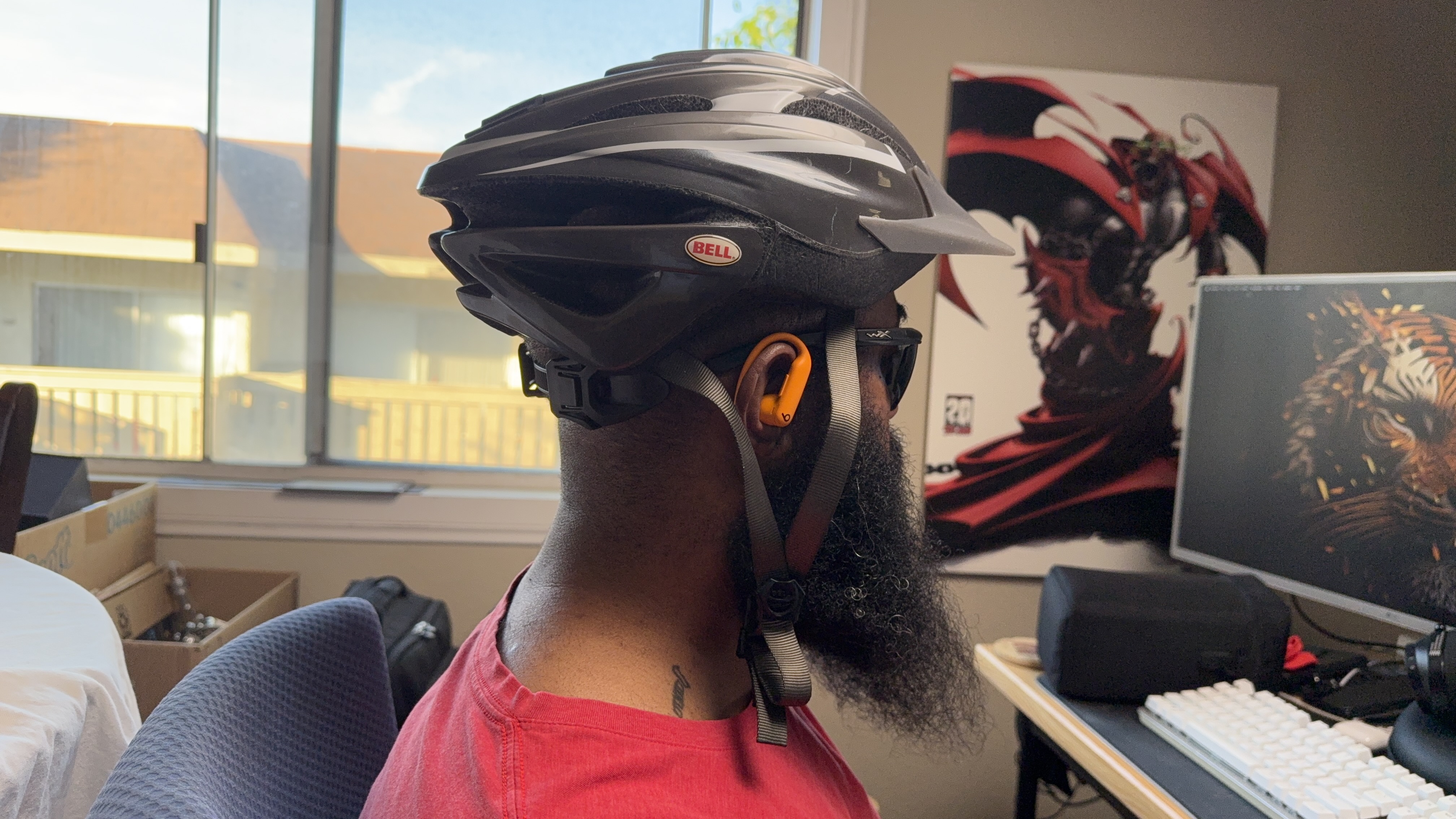
The housings of the earbuds have been redesigned; they’re smaller, and yet they fit a lot of tech into them. In addition to the sensors for heart rate monitoring, there are also optical sensors for in-ear detection. Furthermore, the acoustic chambers have also been redesigned. They’ve upgraded the amplifier, and the Apple H2 chip does a solid job of digital signal processing.
That digital signal processing played out well in how I enjoyed my music. These are earbuds, after all. The Powerbeats Pro 2 have an overall balanced sound that does lean a bit to the warm side of things, with solid bass and sub-bass reproduction, clear highs, and warm mids that give a nice presence to vocals, even in mixes that bury them. Case in point, one of the test tracks I often use that is one of the muddiest, bass-heavy hip hop tracks, Method Man’s “Biscuits,” is reproduced with the vocals and other backing vocal nuances clearly defined.
I also listened to Paul Simon’s “Diamonds on the Souls of Her Shoes” and “Sikiliza Kwa Wahenga” from the Get Out OST. I use those tracks for soundstage, and though the Pro 2’s have a good soundstage, it isn’t the deepest or most expansive.
Though I’ve stated that they lean toward warm, it’s tracks like “Moanin’” (both Art Blakey and Charles Mingus versions) that show just how much clarity the Pro 2’s have. Instrumentation in the stereo field is easily identifiable and delightfully layered. Art Blakey’s version has horns that shrill when listening with analytical headphones, but the clarity of the Powerbeats Pro 2 is bright without being fatiguing. The warmth makes the upright bassline in Mingus’ version entertaining and engaging.
For gym headphones, the Powerbeats Pro 2 are highly capable and will help drive your workouts with ease. For everyday carry, they’re just as good. Listening to “Blue Eye Samurai” episode two, the Takio drums are impactful and resonant, while the Spatial Audio functionality of the Powerbeats Pro 2 really brings the anime’s sound design in that mountaintop fight scene to life.
Back to that digital signal process for a brief moment. It and the amplifier do a solid job of ensuring that bass response and other frequencies sound as satisfying at lower volumes as at high volumes.
Battery killing features?
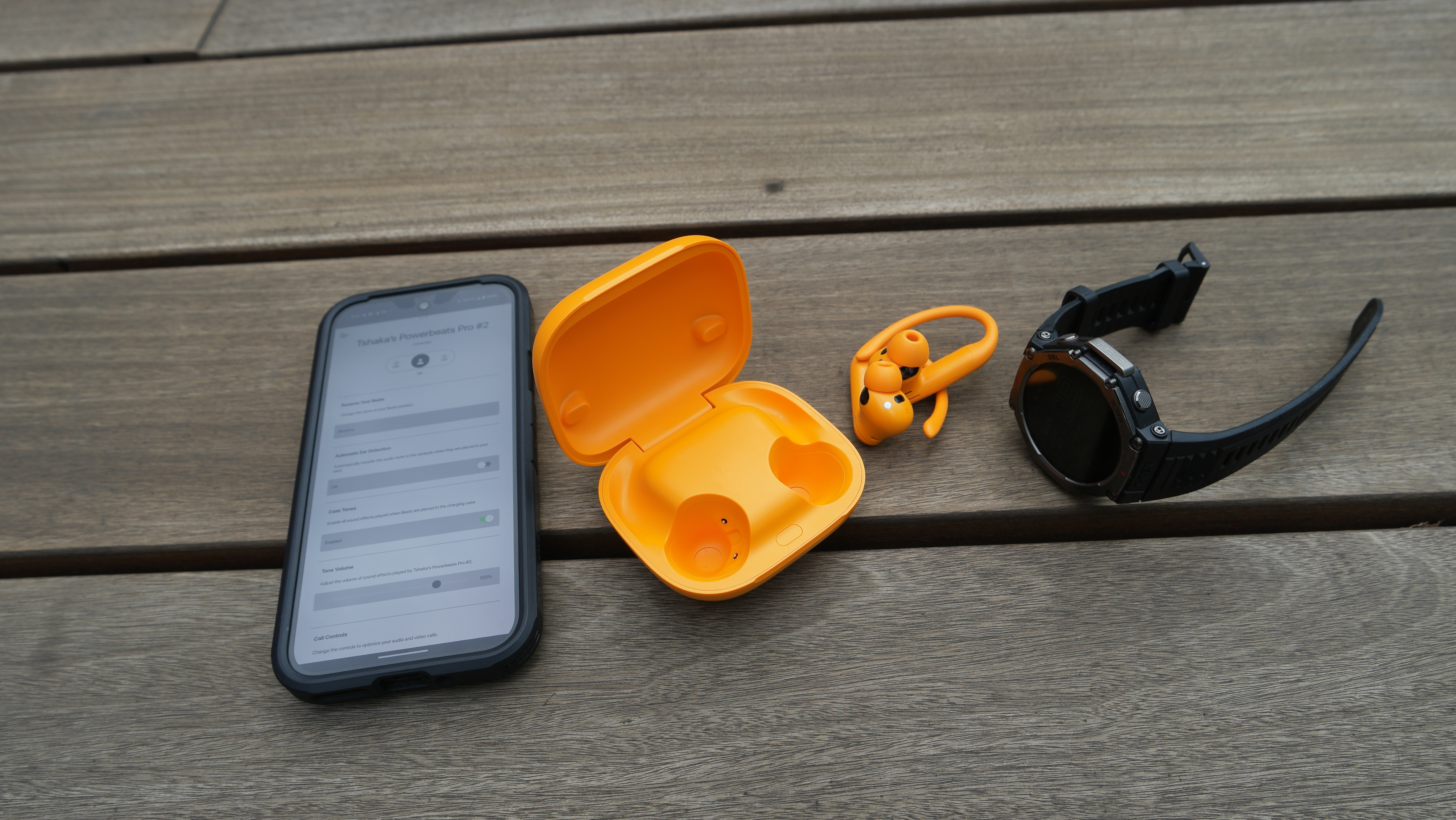
Now, one would think that with all of this new hotness built into the Powebeats Pro 2, the effect on battery life would be sizeable, but it isn’t. These numbers are affected by the volume at which you’ll be playing your music, but Apple says you’ll get up to 10 hours of playback on a charge, with up to 45 total hours when you count in case recharges with only Adaptive EQ mode active.
With sound control modes, they say you’ll get up to eight hours, with 36 from the case. Fast Fuel charging gets you 1.5 hours of playback with five minutes of charging.
In my own testing, an hour and 15 minutes of streaming music over Bluetooth with ANC activated and HR monitoring burned through between 12% and 15% of the earbuds’ battery on various outings. I haven’t been able to kill the battery with ANC on, but based on my tests and the amount of drain I’ve been seeing, you’ll get a little over eight hours with ANC or Transparency mode activated.
With music playing at roughly 75% from a Google Pixel 9, I burned through continuous playback in a little over 10 hours.
Despite the new case being 33% smaller (side-by-side, the difference is striking), Beats was able to (finally) include Qi wireless charging in addition to USB-C charging.
Beats Powerbeats Pro 2: What could use improvement
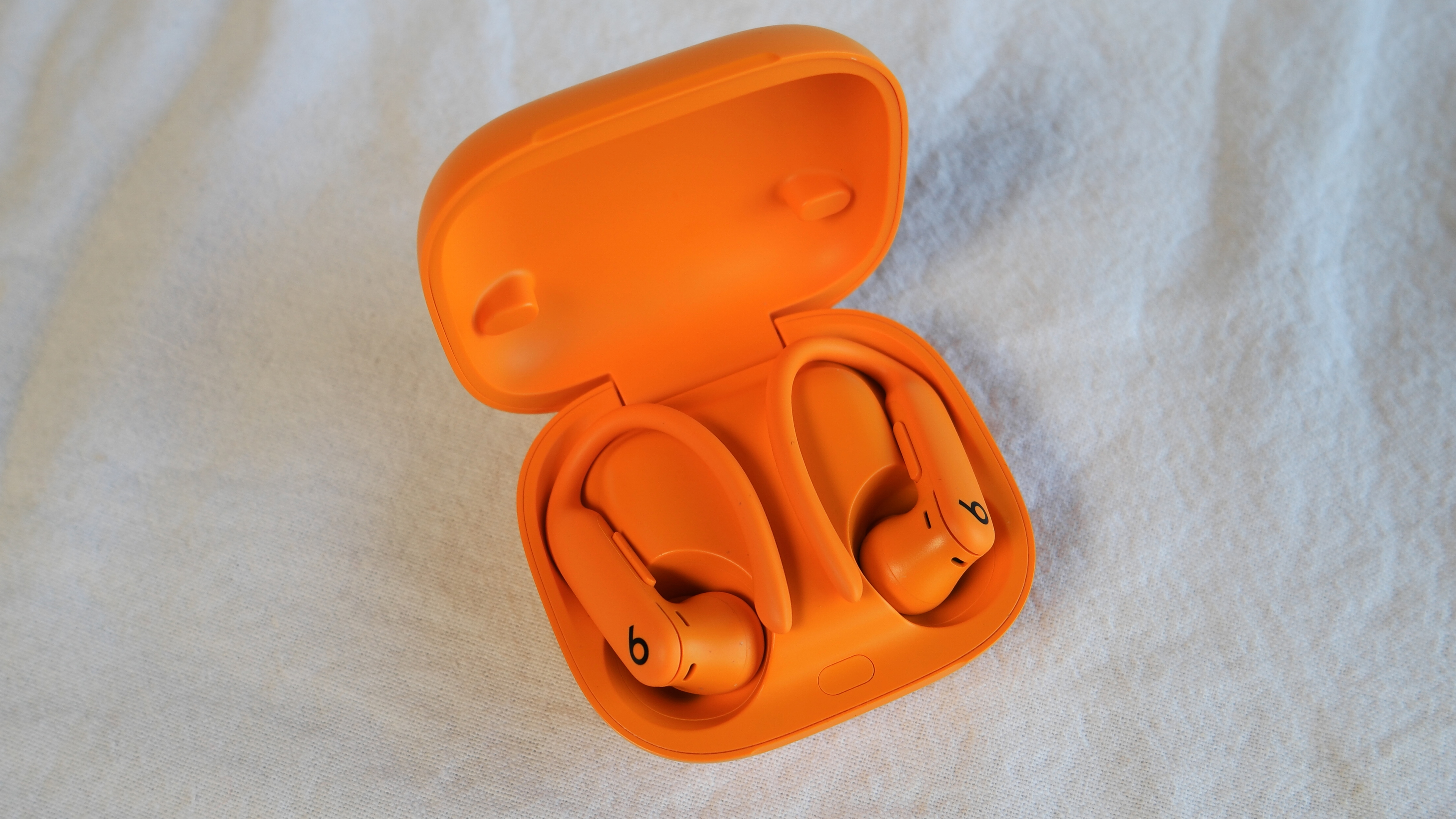
Though the Powerbeats Pro 2 are IPX4 water resistant, that’s pretty much the baseline resistance for gym earbuds. That said, I haven’t seen or heard of too many people returning AirPods for wrecking them with profuse workout sweating- both are made by and durability-tested by Apple. Just wipe your Powerbeats Pro 2 down and dry them before placing them back in the case. This will save the earbuds and the charging pins in the case from corroding.
Let’s talk call quality. In a quiet room, the microphones sound great. Connected to a Pixel 9 and making calls, things got a tad muddy in loud urban areas with a lot of background traffic noise. The earbuds did an excellent job canceling that background noise, though. Even though it was a bit muddy, my voice was still audible, and on every call I made, the folks on the other end said I sounded clear.
Since Beats are marketed to both iOS and Android users, it would be nice to see hi-res Bluetooth codecs supported. The Powerbeats Pro 2 supports only SBC and AAC codecs, which is okay but could be better.
Beats Powerbeats Pro 2: Competition
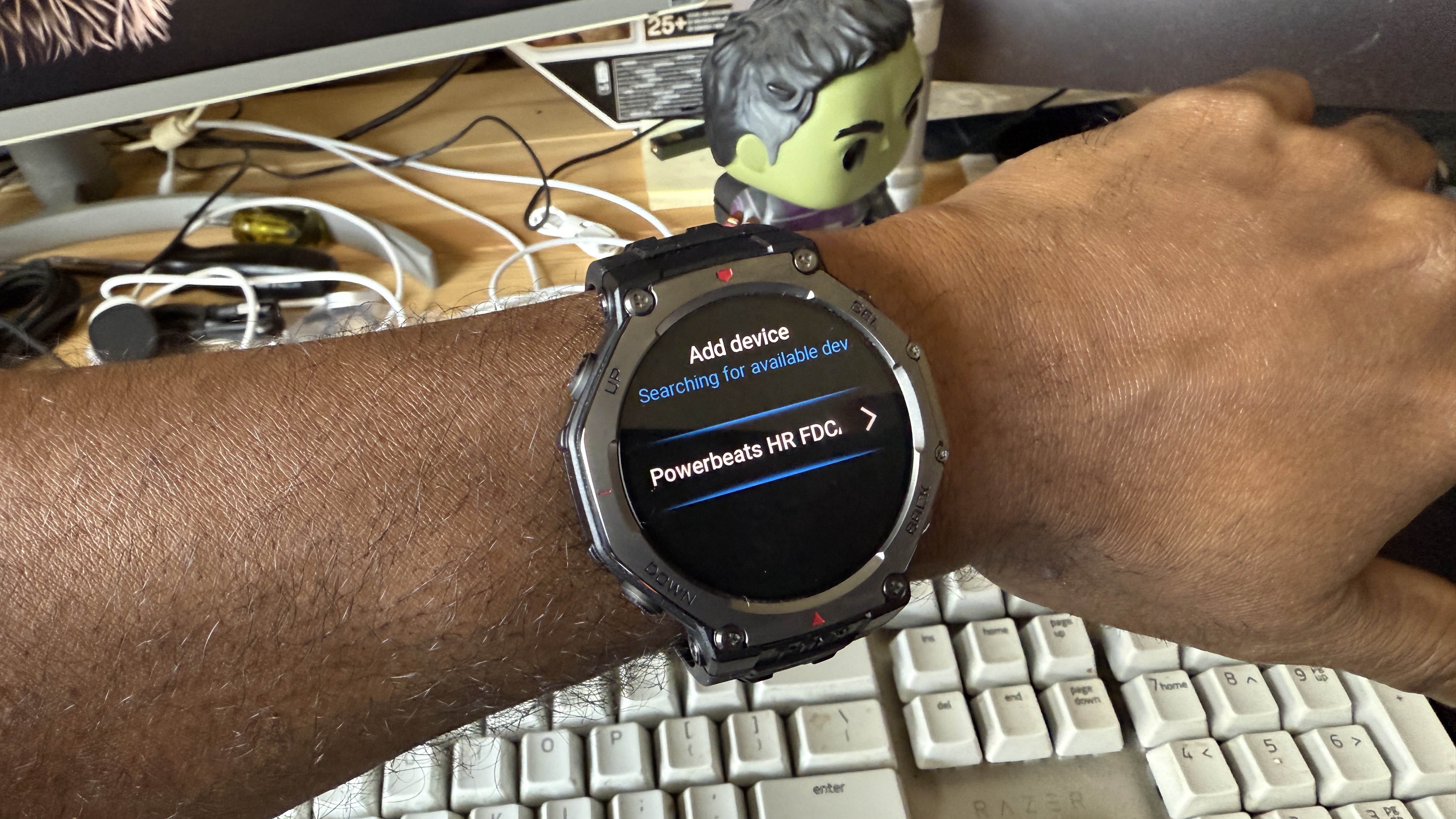
The competition in this space is relatively nonexistent. There have been previous efforts to bring PPG sensors and heart rate monitoring to earbuds, but they haven’t been all that successful, as Android Central’s Wearables editor, Michael Hicks, found out when he put two pair to the test in 2024. I’d love to see how these fare with him because he’s a more hardcore runner than I am.
Currently, the only real competition Powerbeats Pro 2 has is the Sennheiser Momentum Sport, but as you can read about in this article from Mr. Hicks, they didn’t quite leave him feeling too confident in their ability to keep up with his needs for his level of running.
There are some great options if you’re looking for non-HRM fitness-focused earbuds. My next personal favorite is the Beats Fit Pro. They’re locked in with the only wing tips I like, and they sound great. If you don’t want anything blocking your ears, I really enjoy the Nothing Ear Open. Their level of open-ear bass response is a market segment-defining feature.
Beats Powerbeats Pro 2: Should you buy them?
You should buy it if…
- You want an excellent pair of gym and everyday carry earbuds
- You box or engage in other exercises where having the monitor on your ears would be advantageous
- You need chest strap accuracy in your heart rate monitor
You shouldn’t buy it if…
- You already own a pair of earbuds you’re happy with and just want a chest strap for around $100
- You don’t like ear hook style earbuds
- You need better than IPX4 water resistance.
This is a product that is very useful in the gym. If you’re into boxing or any other activity, like kettlebell workouts, that makes wearing a smartwatch challenging, I cannot recommend the Powerbeats Pro 2 enough.
I’ve been way beyond impressed with the level of heart rate monitoring accuracy, and the sound quality on Android and iOS is very good. Movies come alive with Spatial Audio and there’s more than enough bass response to satisfy drum and bass listeners without sacrificing clarity for those into more classical instrumentation. And with all of this tech, you’d think battery life would be horrible, but it’s very good.
For their level of heart rate monitoring accuracy, the ear hooks, their sound profile, and the feature set, they are currently my favorite premium workout earbuds.
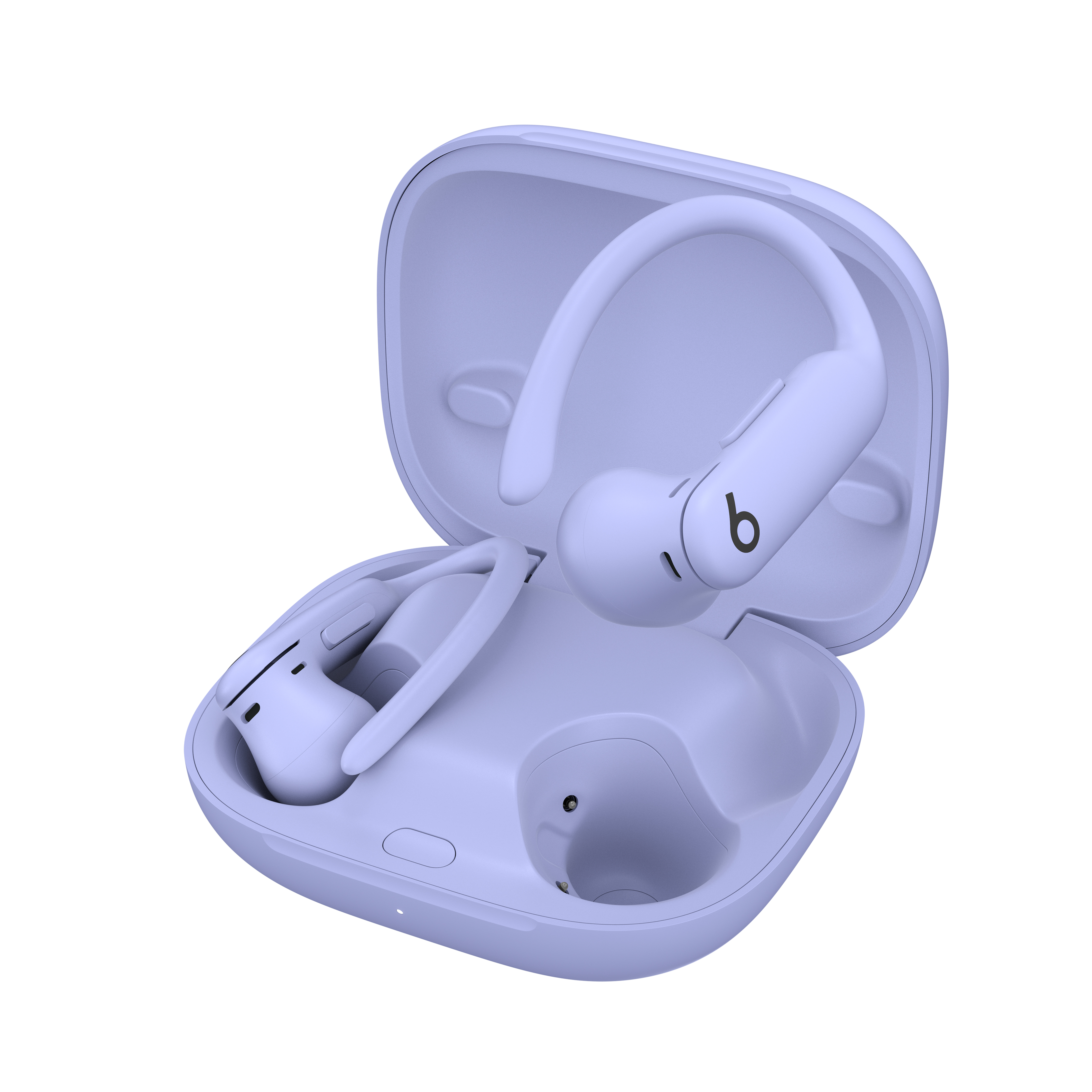
The way to your heart!
Beats follow up to the original Powerbeats Pro improves on those earbuds in every way. Audio quality is much improved and more balanced, yet with deeper bass and now you have highly accurate heart rate monitors to go along with the new ANC and Transparency modes.

